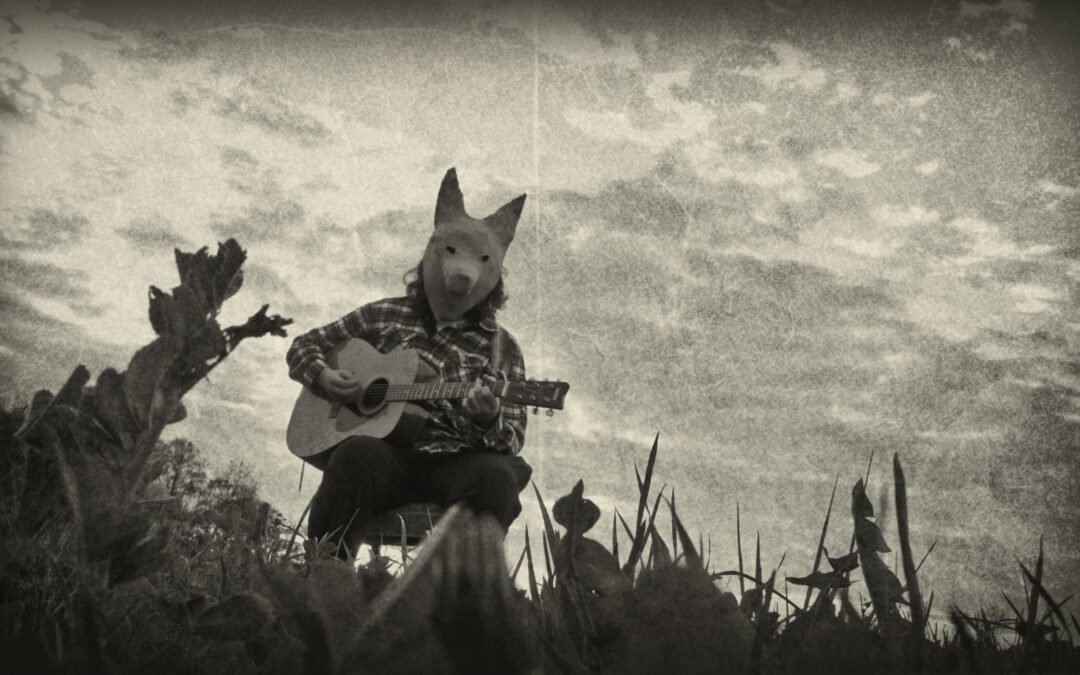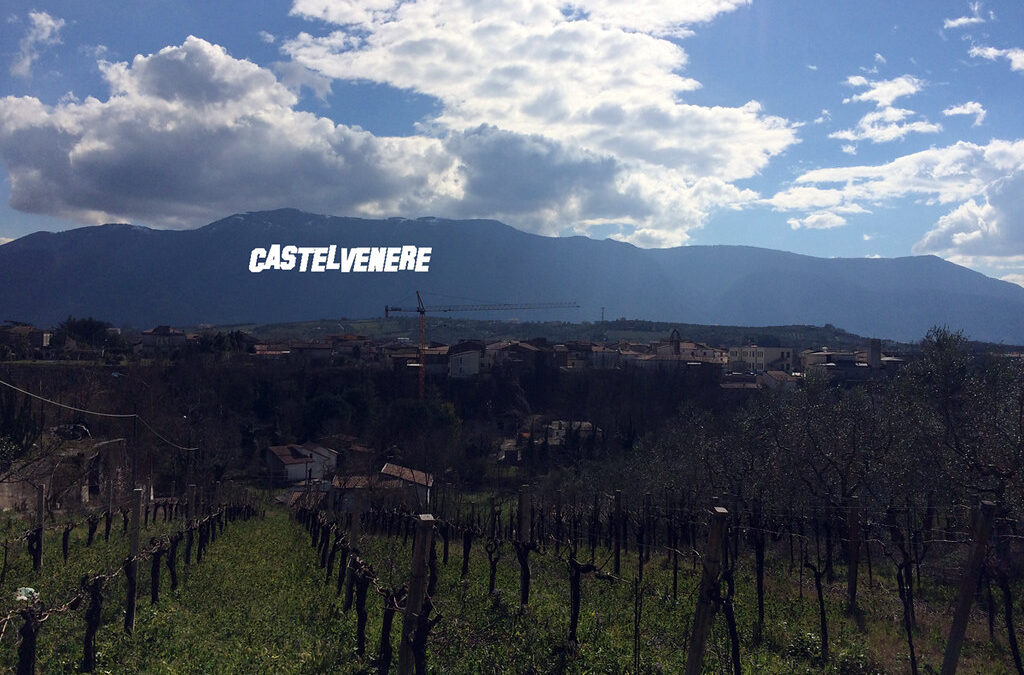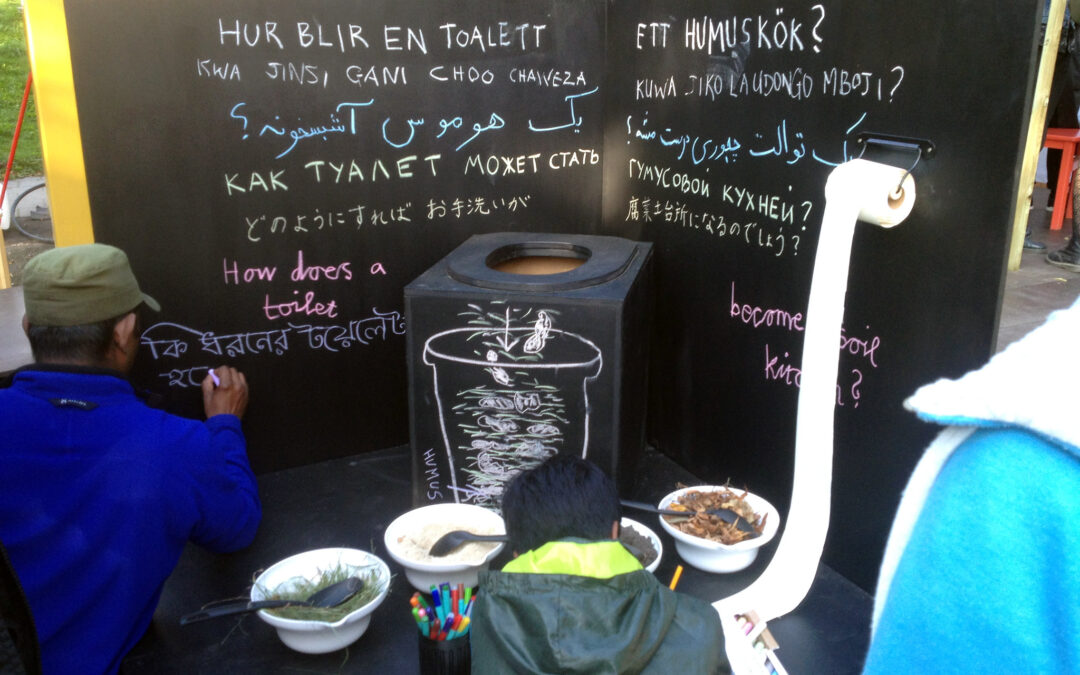For the New biennale of art and architecture, Botkyrka konsthal, Fittja, Swedish art and agriculture collective Kultivator together with Stuart Wright, South Africa and Adam Nyandikila Nkelanza, Tanzania, gave a Humus kitchen workshop.
A humus kitchen is a room to prepare the organic materials excreted by people after their digestive processes, using time, warmth and fine ingredients in a similar way as a kitchen of foods.
In the workshop we discuss and work around stories and attitudes connected to kitchens versus toilets, how they can connect and how we experience them. Can going to the toilet be as creative, sensual and important as carefully preparing food? What are the political, social and cultural conditions wherein our experiences around toilets are shaped?
The humus kitchen is one in a series of composting and exchange actions that Kultivator has made in collaboration with Botkyrka konsthall. Closed system compost toilet will be built in Kultivators future project Open Cargo, a long term work that builds a grassroots infrastructure of small independent but connected residencys in respective community, connecting Fittja, Red Hill South Africa, Mbeya in Tanzania and Dyestad, Öland, Sweden. The residencys will be formed by each community according to its needs and to its abilities, and just like the humus kitchen in Fittja explore the potentials of each place to create small-scale sustainable architecture.





















